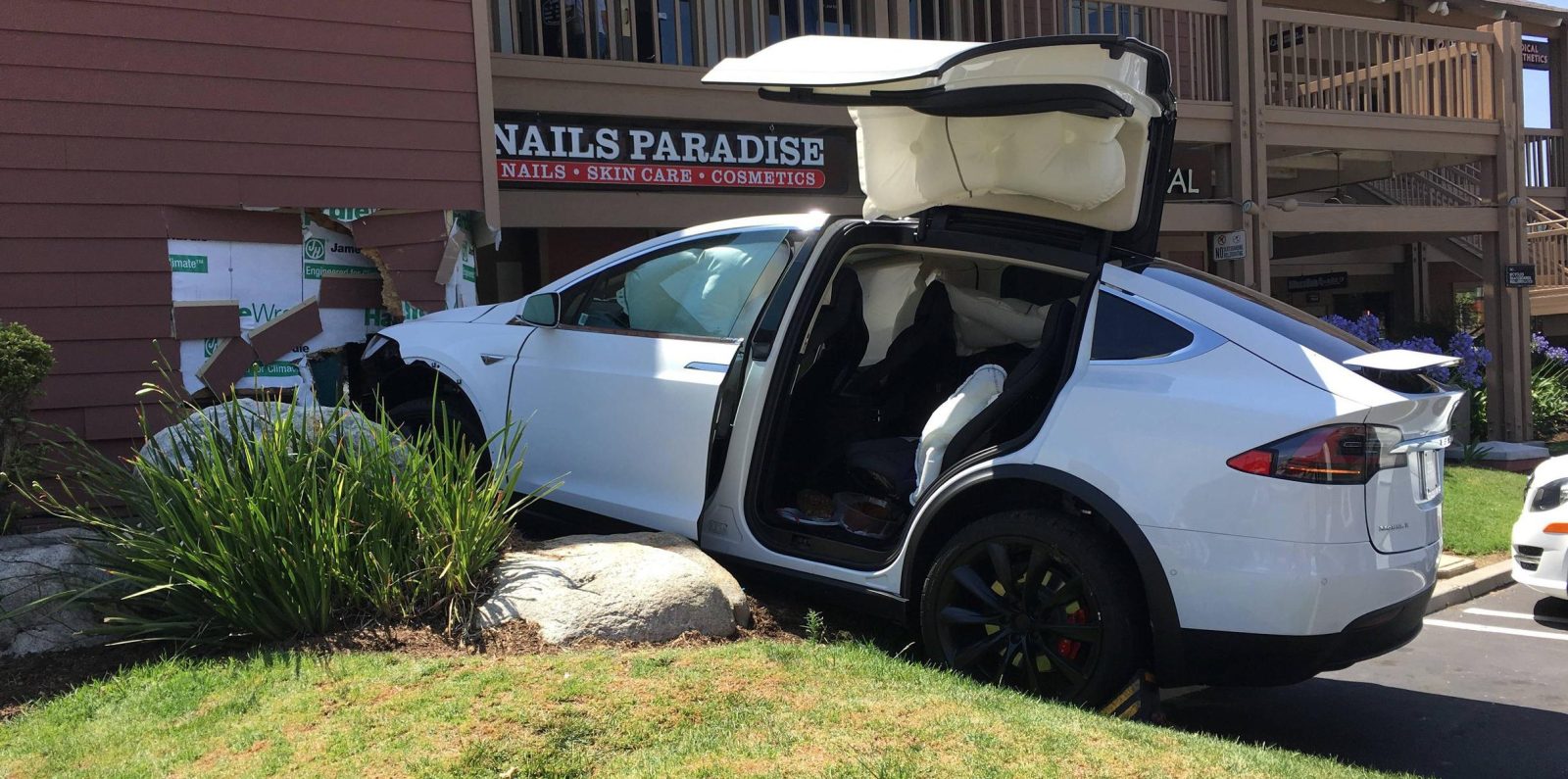
The incidents of sudden acceleration involving Tesla vehicles where drivers said that the vehicles were “accelerating by themselves” were due to user errors, according to a NHTSA investigation.
Tesla Sudden Acceleration
Last year, we reported that the National Highway Traffic Safety Administration (NHTSA) said that it is looking into claims that Tesla vehicles have a defect leading to “sudden unintended acceleration” after receiving a petition citing 127 claimed incidents.
As we stated at the time, several claims of sudden unintended acceleration involving Tesla vehicles have been made public over the years. The most publicized one involved a South Korean celebrity claiming his Model X accelerated on its own into his garage.
However, in every case, including that one, Tesla claimed that the car’s log showed that it was a user mistake due to pedal misapplication, meaning that the driver pressed on the accelerator instead of the brakes.
In one case, Electrek was able to have Tesla’s log verified by a third party, and it supported the automaker’s claims that it showed the driver pressed on the accelerator.
Following the NHTSA investigation, Tesla issued a statement claiming that there are no defects in its vehicles resulting in unintended acceleration and that the petition with NHTSA was started by a TSLA short seller.
Tesla is also facing a similar investigation in China.
NHTSA Investigation
NHTSA’s Office of Defects Investigation (ODI) issued the results of its investigation today confirming that it found that the incidents were due to “pedal misapplication” — in other words: drivers pressing the wrong pedal.
They wrote in the report:
“After reviewing the available data, ODI has not identified evidence that would support opening a defect investigation into SUA in the subject vehicles. In every instance in which event data was available for review by ODI, the evidence shows that SUA crashes in the complaints cited by the petitioner have been caused by pedal misapplication. There is no evidence of any fault in the accelerator pedal assemblies, motor control systems, or brake systems that has contributed to any of the cited incidents. There is no evidence of a design factor contributing to increased likelihood of pedal misapplication. The theory provided of a potential electronic cause of SUA in the subject vehicles is based upon inaccurate assumptions about system design and log data.”
Here’s the new report in full:
[scribd id=490145737 key=key-dy13psF3LPXMGtZEVKpW mode=scroll]
FTC: We use income earning auto affiliate links. More.





Comments